The reality that there is a Heaven and that God wants us to live with Him there forever is one of the most deeply-rooted notions of Christianity. In fact, it’s the end-point of everything we believe.
But it’s logical to ask: If Heaven is so all-important, why is the Bible so vague about it? If you look carefully, you’ll find that nowhere in scripture is Heaven spoken about in anything but general terms.
A good example of this is St. Paul who had been granted an extraordinary mystical vision of Heaven. All he could say about it to the Corinthians was “Eye has not seen, ear has not heard what God has prepared for those who love him” (1 Corinthians 2:9).
See how helpful that is? Not.
It’s understandable, though. Paul was very concerned about Christian living so he used a lot of earthy terms in his letters like “running the race” and “fighting the good fight” to encourage his people to live well.
St. John the Evangelist, on the other hand, was writing for a persecuted Church, so he was more concerned about Christian dying. In the Book of Revelation, he talked a lot about ultimate things like Heaven, Hell, and the final judgment (spoiler alert: the bad guys get what’s coming to them.)
It was John who gave us the vision of the Heavenly Jerusalem, which may help us understand to some degree what Heaven will be like.
For the Senses and Imagination
The two final chapters of the Bible, Revelation 21 and 22, are a foretaste, or preview, of Heaven. I use words like fore-taste and pre-view deliberately because they are sense words (taste and sight) and require the use of the imagination rather than the logical mind to reach an understanding of something.
These chapters describe Heaven, not in doctrinal terms, but in images and metaphors, which is why the imagination is the key faculty. It’s as if God is saying to us, “You guys just can’t handle the beauty, truth, and goodness of Heaven right now. So here’s an appetizer for you. Trust me, the meal will be much better!”
Symbols, metaphors, and analogies lead us to contemplate the mystery of Heaven rather than try to analyze it (which our minds are too small to do anyway).
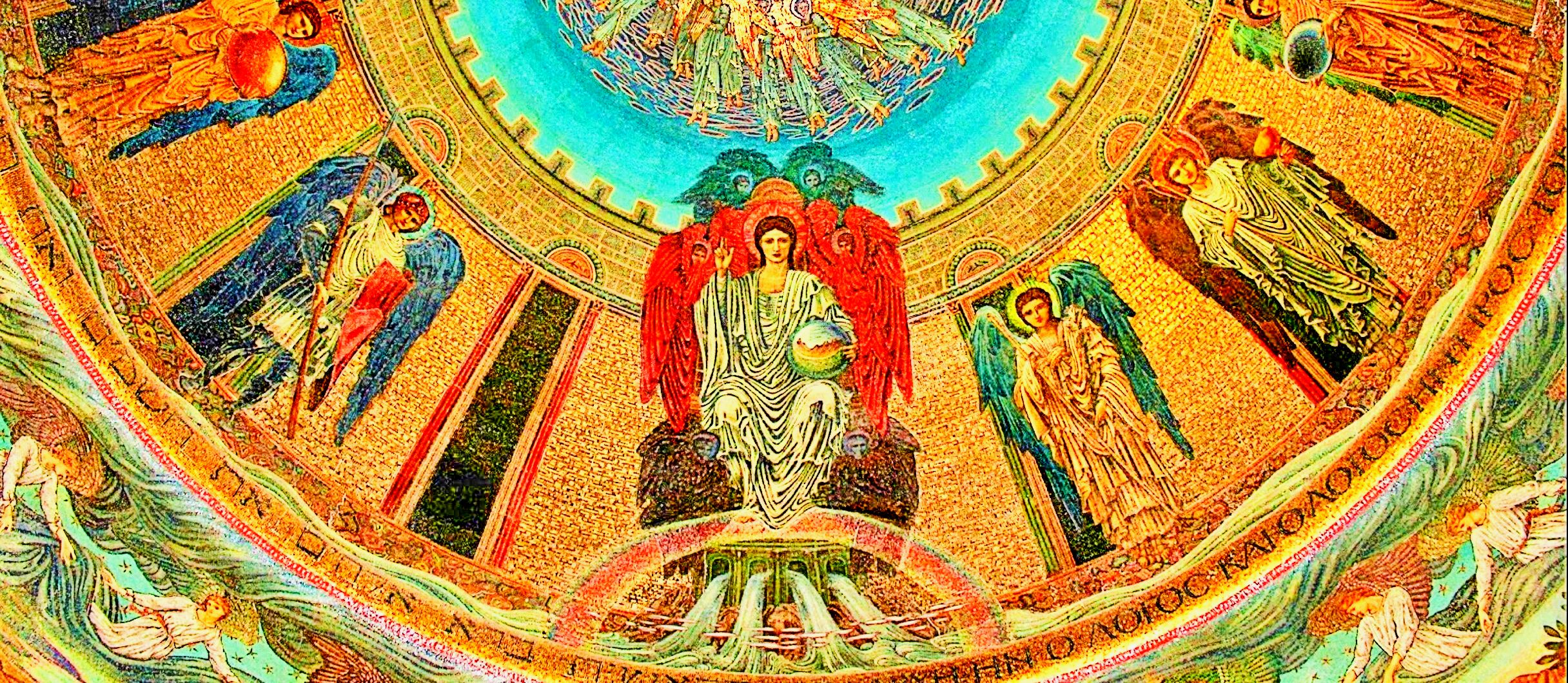
The Rich Symbolism of the New Jerusalem
The imagery of Revelation 21-22 is so rich and varied that I can only give an overview of the images before we turn our attention to the jewels. These chapters describe the afterlife variously as
- a new heavens and a new earth (21:1);
- a beautiful bride coming to meet her husband (21:2)
- preparing for their wedding banquet (see 19:7-9);
- a magnificent city (21:10-27); and
- a life-giving tree (22:2) that spans out over the River of Life flowing from God’s throne (22:1).
We could spend a whole lifetime contemplating these beautiful images!
Gates, Walls, Pearls, and Gems
We’ll focus only on one image: the city, which St. John calls “a new Jerusalem” (verse 2). He says that it “gleamed with the splendor of God. Its radiance was like that of a precious stone, like jasper, clear as crystal” (verse 11). Wow! He goes on to describe its dimensions, its walls, its gates, and its streets, which are paved in gold.
I particularly love the description of the twelve gates of the city, each of which is made of one single pearl (imagine that!) This is where we get the image of the “pearly gates” of course, and each gate has one glorious angel standing guard over it who lets nothing unclean enter the city (22:3).
Interestingly, the twelve gates are engraved with the names of the twelve tribes of Israel signifying that all who enter them are members of God’s chosen people. Then, the number twelve is repeated in the stones that give strength to the wall – the foundation – and here the stones are engraved with the names of the twelve apostles.
The Greek word for “foundation” is actually plural, indicating that this wall is so fortified that it actually has twelve foundations that are “decorated with every precious stone” (verse 19). That makes for a complex and radiantly beautiful image of strength.
If I make it to heaven some day, I think the precious stones that make up the foundation are going to be among the most dazzling of all its visions.
Twelve Courses of Precious Stones
Here is the list of the English names of the stones and what their names would look like in the original Greek. Even though most of these stones appear in a fairly wide range of colors, I’ve tried to choose stones that are representative of their classes.
As you contemplate these gems, use your imagination and envision them as “gleaming with the splendor of God,” radiant, precious, and “clear as crystal.” As beautiful as earthly gemstones are, they are just a shadow of the heavenly gemstones whose luster is literally out of this world.
Beautiful, right?!
The Old Testament Parallel
As with any New Testament image, however, there’s some history to it. The precious stones image didn’t just appear out of nowhere.
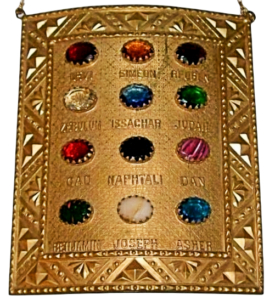 A Jew reading this passage would have immediately thought of the prophecies in Isaiah (54:11-14) and Tobit (13:16-18) which envisioned a future ideal Jerusalem to be a walled city encrusted with gems and precious stones.
A Jew reading this passage would have immediately thought of the prophecies in Isaiah (54:11-14) and Tobit (13:16-18) which envisioned a future ideal Jerusalem to be a walled city encrusted with gems and precious stones.
But the crucial Old Testament metaphor is something quite striking and unexpected.
The gemstones of Revelation mirror, almost exactly, the precious stones in the holy breastplate of the high priest of Israel, Moses’ brother Aaron. In fact, the comparison between the passages in Exodus and Revelation is quite astonishing, despite the fact that they were written a thousand years apart!
Exodus 28:15-20
On it [the breastplate] you shall mount four rows of precious stones: in the first row, a carnelian, a topaz, and an emerald; in the second row, a garnet, a sapphire, and a beryl; in the third row, a jacinth, an agate, and an amethyst; in the fourth row, a chrysolite, an onyx, and a jasper.
Revelation 21:19-20
The first course of stones was jasper, the second sapphire, the third chalcedony, the fourth emerald, the fifth sardonyx, the sixth carnelian, the seventh chrysolite, the eighth beryl, the ninth topaz, the tenth chrysoprase, the eleventh hyacinth, and the twelfth amethyst.
Eleven of the twelve gemstones on Aaron’s breastplate found their way into the New Jerusalem list although some have alternative names (sardonyx is onyx; jacinth is hyacinth, and chalcedony is agate), but the similarities are too close to be a coincidence.
What is this near perfect parallel meant to signify? Simply that the New Jerusalem will be holier than even the Tabernacle/Temple in which the Old Testament priests offered sacrifice.
It will be more than just a holy garment the high priest wears. It will be the very dwelling place of the High Priest Himself.
We don’t have any more details about that divine dwelling, just as we don’t know what those mysterious “mansions” will be like that Jesus says He is preparing for us (John 14:2). But we can be assured that the New far surpasses anything of the Old by orders of magnitude of beauty that simply cannot be described in human words.
Curious Omissions
One final thought. There are also some interesting omissions. Two jewels one would expect to be in a list of precious stones are conspicuously absent from the 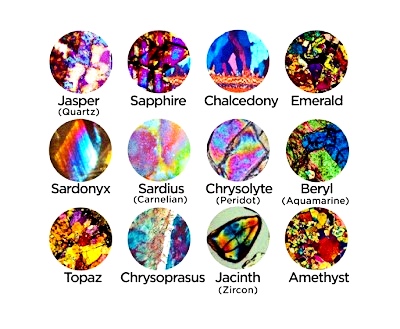 Revelation list: diamonds and rubies.
Revelation list: diamonds and rubies.
But these are the most beautiful of all precious stones! Why were they left off the list?! The answer may have something to do with light.
One author suggests that when the twelve stones of Revelation are imbued with a type of pure light called “polarized white light” and viewed under a microscope, they glow with super-radiant color.
When diamonds and rubies are imbued with the same light, however, they – amazingly – go dark. Despite their external beauty, they give off no color at all at the microscopic level!
Truly fascinating.
Apparently God chose the twelve stones of the city’s foundation for their radiance, not for their intrinsic value. And this fact could only have been discovered in the modern scientific era.
What matters, above all, is the divine symbolism of the stones: they are all the precious, durable, and radiantly beautiful foundations of His home, which we all hope to share some day.
And how, really, can one adequately describe such splendor? Not with such poor instruments of communication as human words. God used jewels instead!
And if the symbols themselves are so beautiful, what must the reality be like?
———-
[Note: This article is a reproduction of the Sacred Windows Email Newsletter of 5/29/22, so it does not end with the regular Soul Work section. Please visit our Newsletter Archives.]

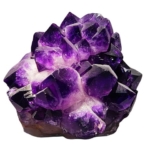
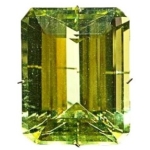
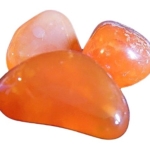
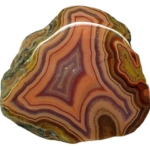
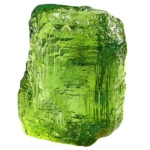
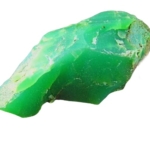
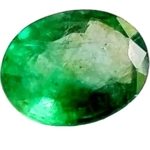
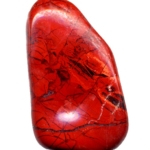
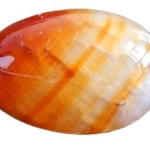
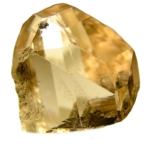
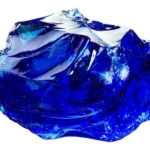
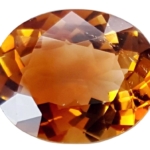

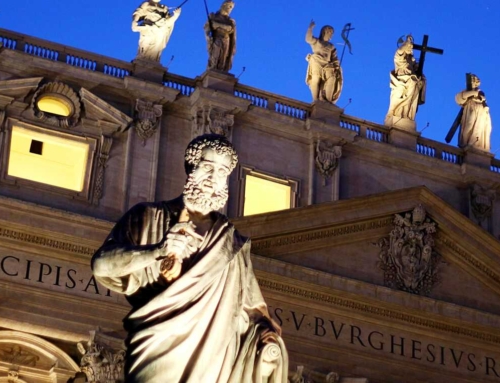
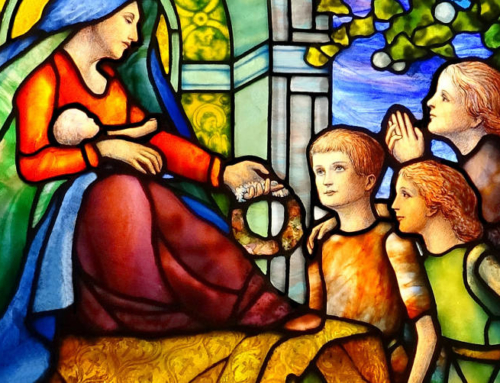
[…] light effects were not extras to the religious artist who created the design. These are the very properties of heaven! But that’s essentially the theology of domes, isn’t […]
Thank you for showing the parallels between the gems of the high priest’s breastplate and the gems of the foundations of the wall around the heavenly Jerusalem. Since God and the Lamb radiate their glorious light in heaven, the gemstones’ ability to let light pass thru them is wonderful. Thank you and God bless you!
Hi Jean, thanks so much for your comment. I always marvel at parallels like this. No human mind could have imagined them. It takes Someone outside of time to make everything fit so well. Thanks again and God bless you!
Your sight is the most beautiful insight that I have ever encountered, I have realized some things that I have never put together before and has opened my eyes to a new reality and insight to my studies, the first thing I do is get the word of God and pray just before that, I believe that I will have a new understanding of my studies into the Holy Bible each and every morning which I try to carry out throughout my life.
Thank you so very much, and may God bless you for your work.
Dear Peter,
May you explain why you said in this article, ‘If I make it to heaven some day…’?
Why, ‘If’?
Thank you,
S.Massey